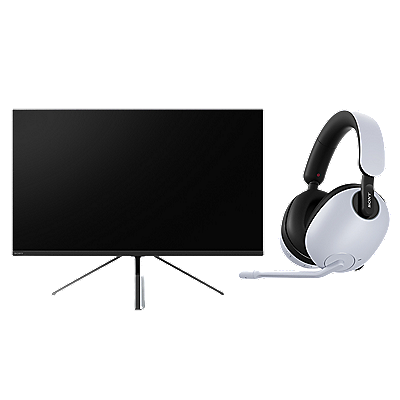What are the differences between Wi-Fi and 3G wireless technology?
The differences between Wi-Fi and 3G wireless technology.
- Connectivity Range
Wi-Fi: Approximately 300+ feet from the station to the access point. It is most often used indoors.
3G: Within miles of a base station (cellular tower) radius. It is most often used outdoors.
- Bandwidth Range
Wi-Fi: The bandwidth ranges from 11 Mbps to 54 Mbps, depending upon the various standards such as 802.11b, 802.11a and 802.11g.
3G: The bandwidth delivery is about 40-70 Kbps. It may increase to more than 1 Mbps in future.
- Licensed/Unlicensed spectrum
Wi-Fi: Uses unlicensed spectrum, which means anyone can install a wireless LAN.
3G: Uses licensed spectrum, which means that only public service providers that have purchased the spectrum can install a wireless WAN and offer commercial service to the public.
- Connectivity Range
Wi-Fi: Approximately 300+ feet from the station to the access point. It is most often used indoors.
3G: Within miles of a base station (cellular tower) radius. It is most often used outdoors.
- Bandwidth Range
Wi-Fi: The bandwidth ranges from 11 Mbps to 54 Mbps, depending upon the various standards such as 802.11b, 802.11a and 802.11g.
3G: The bandwidth delivery is about 40-70 Kbps. It may increase to more than 1 Mbps in future.
- Licensed/Unlicensed spectrum
Wi-Fi: Uses unlicensed spectrum, which means anyone can install a wireless LAN.
3G: Uses licensed spectrum, which means that only public service providers that have purchased the spectrum can install a wireless WAN and offer commercial service to the public.



















